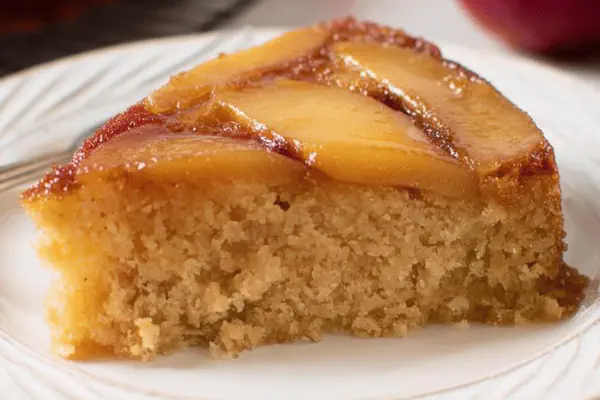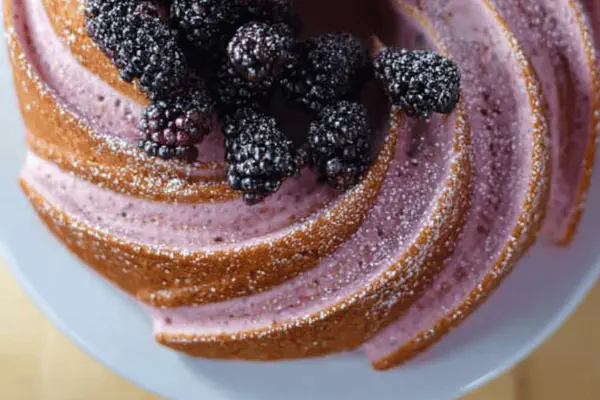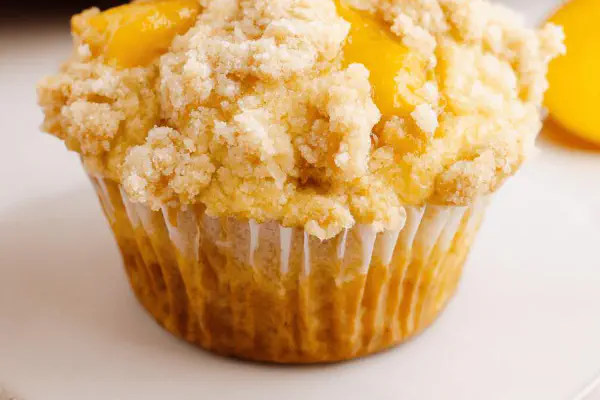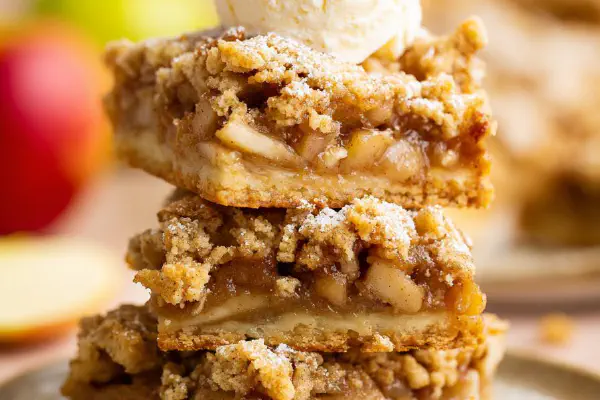Twist Apple Upside Down Cake

By Emma
Certified Culinary Professional
Ingredients
- Sugar 3/4 cup for topping
- Unsalted butter 6 tablespoons—use brown butter for topping
- Ground cinnamon 1 teaspoon
- 2 large apples, peeled and thinly sliced—for layering
- Unsalted butter 1/2 cup (1 stick), softened—for batter
- Packed light brown sugar 1/3 cup, for batter
- Granulated sugar 1/4 cup, for batter
- 1 large egg
- Pure vanilla extract 1 teaspoon
- Whole milk 1/3 cup
- All-purpose flour 1 1/2 cups
- Baking powder 1 1/2 teaspoons
- Salt 1/4 teaspoon
- Ground nutmeg 1/4 teaspoon—added twist for batter
About the ingredients
Method
- Preheat oven to 345°F. Lower than standard to avoid over-browning sugar topping too fast.
- Brown butter in small pan over medium heat, watching closely, bubbling and nutty smell forms; pour into 9-inch round cake pan. Swirl to coat bottom evenly.
- Sprinkle sugar and cinnamon evenly over hot brown butter. Let sit a minute; sugar melts slightly, smells rich and caramelized.
- Arrange apple slices in concentric circles atop sugar mixture—start outer edge, overlap neatly working inwards, tighter layers prevent gaps where batter could seep in.
- In large mixing bowl, cream softened butter, brown sugar, and white sugar together on medium-high speed until light and fluffy—about 3 minutes. Scrape bowl sides often.
- Beat in egg fully; then add vanilla and milk, mix briefly to combine.
- Whisk flour, baking powder, salt, and nutmeg in separate bowl thoroughly.
- Add dry ingredients to wet in two batches, mixing just until no dry flour streaks remain. Don’t overmix; avoids tough crumb.
- Pour batter gently over apple layer. Spread evenly, but don’t disturb fruit placement.
- Bake 42 to 47 minutes. Look for edges pulling from pan; top golden with cracked surface. Insert toothpick into center; clean means done.
- Remove from oven; cool 7 to 10 minutes. Test pan temperature with fingertips before flipping. Run thin knife around sides to separate cake from pan; flipping while warm prevents sticking.
- Invert onto serving plate quickly and lift pan. Apples glossy and caramelized on top.
- Cool further before slicing to prevent apples slipping off slices.
Cooking tips
Chef's notes
- 💡 Brown butter makes all difference. Watch for tiny brown specks—clear but not burnt. Aroma deep, nutty has to be right. Ready when smell changes, not just color. Pour hot into pan so sugar melts evenly. Skip if butter too cold.
- 💡 Apple slices must be thin but not paper thin. Thick? Raw patches; thin? Hold shape, caramelize evenly. Arrange overlapping—circle from outside inward. Avoid gaps, batter seeps, dries fruit out. Getting this right saves texture issues later.
- 💡 Cream butter and sugars well—light and fluffy matter. Scrape bowl sides frequently. Timing here affects crumb texture. Egg fully beaten before vanilla and milk added keeps batter stable. Overmix flour later ruins softness—stop as soon as no dry streaks.
- 💡 Sugar and cinnamon sprinkle over butter, evenly spread or risk burnt gritty parts. Let sit till sugar melts a bit, smells like caramelizing. Don’t rush; smell tells you when ready. Oven at 345°F lowers burn risk, longer bake leads to better caramelization.
- 💡 Flip timing matters. Warm pan easier to flip without tearing apples, but too hot means sticky mess. Thin knife around edge first. Test pan temp with fingers. Cool longer if unsure. Doesn’t slice well too hot; apples slip off edges if too warm after flipping.
Common questions
Can brown butter be skipped?
Butter regular? Sure, but flavor flat, topping burns fast. Lower oven temp if plain. Watch sugar carefully. Brown butter adds nuttiness but needs careful heat control.
Which apples work best?
Firm, tart choices like Granny Smith or Honeycrisp. Hold shape, soften evenly, avoid mush. Sweeter types risk overly soft layers. Slices should caramelize, not collapse. Slice thickness impacts bake time, texture.
Batter too thick or thin?
Thick if flour too much or overmixed. Stops rising, dry. Thin means under flour or eggs off. Mix dry ingredients separately, fold gently. Too much mixing hurts. Check batter flow before pouring gently.
How to store leftovers?
Wrap tightly, fridge preferred. Keeps moisture, slows mold. Rewarm in low oven or microwave with cover. Freezing possible too but slight texture loss after thaw. Not ideal long term but fine 2-3 days fridge.



